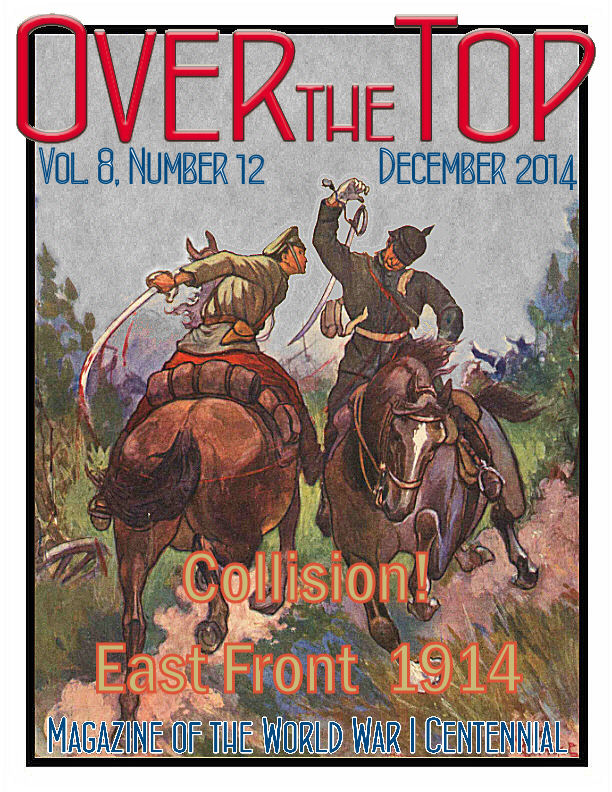
December 2014 |
 |
|


No Donations Asked
Every reader of the Trip-Wire and our other publications knows that through our umbrella site Worldwar1.com we generate a tremendous amount of quality information on the Great War — for free. Finding, editing, and publishing this material, however, is not cost-free. Yet we do not solicit donations. To produce the revenues to cover our budget, we have a single subscription product, our monthly full-color magazine Over the Top (shown below) that we count on. Please take a look at the sample issue we are offering and, if you like what you see, please subscribe or purchase our CDs to help keep our efforts viable and continue growing. MH

|
2014
Christmas Truce Concerts
When: 12 and 14 December
Where: Mission Santa Clara, California
Sponsors: Santa Clara Chorale Ticket Information
Sergeant York History Evening
When: 6:00 p.m., 17 December
Where: Carlisle, Pennsylvania
Sponsors: U.S. Army Heritage and Education Center Ticket Information
2015
Over the Front Quarterly Meeting
When: 31 January 2015
Where: Udvar-Hazy Center, Air and Space Museum, Dulles International Airport
Sponsor: Mid-Atlantic Chapter, League of WWI Aviation Historians (PDF Flyer)
WWI: 100 Years of Impact
When: 6-7 Feb 2015
Where: Tampa, FL
Sponsor: University of South Florida (PDF Flyer)
|
Local and Ongoing Events
The interest in the Great War generated by the Centennial commemorations has led to an explosion of local events and ongoing displays of art and artifacts from the war. We simply lack the space here to list them all. Fortunately, however, the staff of the Centennial Commission has taken on the job of providing a listing of all these presentations they hear about. We will make their current listing available here for downloading and revise the document as it becomes available to us. Click HERE to download the current list.
Merry Christmas to All!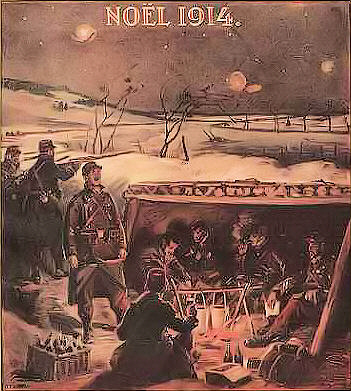
|

Naval Battles of 1914
A forgotten aspect of the war's opening months. There was a lot of action going on.
 Overview from the Pursuit of the Goeben and Breslau Overview from the Pursuit of the Goeben and Breslau
 22 September: U-9 Sinks Three British Cruisers in an Hour
22 September: U-9 Sinks Three British Cruisers in an Hour
 The Battle of Coronel
The Battle of Coronel
 The Royal Navy Blockade of Germany
The Royal Navy Blockade of Germany
 31 October 1914: Images of the Doomed Fleet of Graf von Spee
31 October 1914: Images of the Doomed Fleet of Graf von Spee
 Battle of the Falklands (Excellent Maps)
Battle of the Falklands (Excellent Maps)
 The Short, But Dramatic, War Service of SMS Emden
The Short, But Dramatic, War Service of SMS Emden

Answering the Question!
Where Is the Armistice Document?
Last month we appealed to our readers to provide verifiable proof of the current location of the Armistice document signed at Compiegne on the morning of 11 November 1918. Congratulations to reader Pascal Fritsch of Semecourt, France. On my August 2015 battlefield tour I hope to personally present Pascal with his prize of the complete set of annual CDs for our monthly magazine OVER THE TOP, 2007-2014.
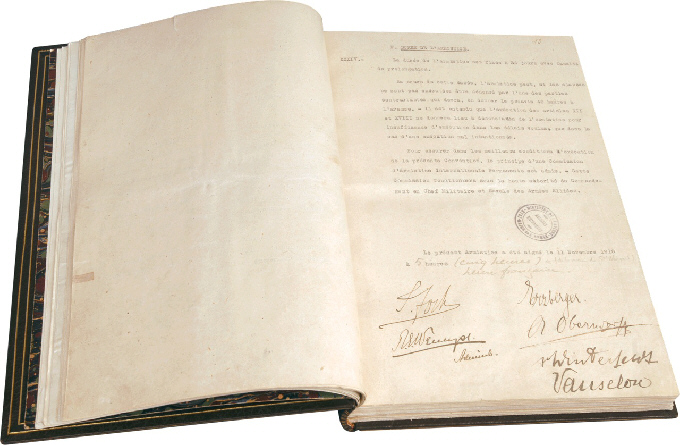
The document, pictured above, is at the archives of the Service Historique de la Défense at the Château de Vincennes. Today the 13-page document is bound with supplemental agreements and protocols signed after the original event. The German copy was destroyed, so this is the only existing copy of the historic instrument.
The full document and some background articles can be accessed here:
(link)

I don't know what is to be done. This isn't war.
Horatio Kitchener
Quoted in J.F.C. Fuller's, The Conduct of War
|

|

U.S. Centennial Organizations & Resources
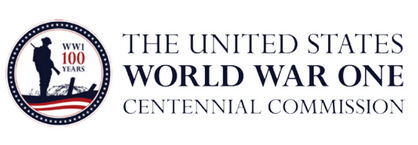
worldwar-1centennial.org/
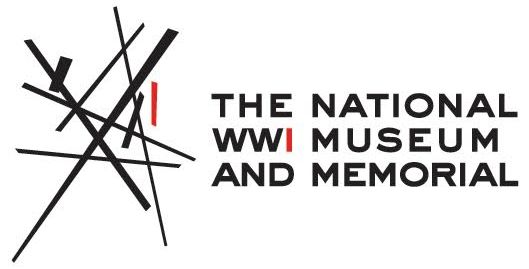
theworldwar.org/
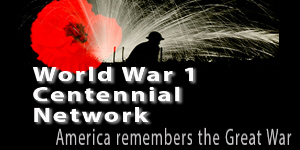
www.ww1-centennial.org/

history.army.mil/

www.firstdivisionmuseum.org/

www.abmc.gov/
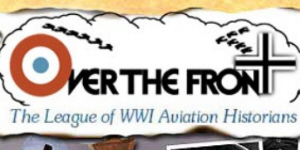
www.overthefront.com/
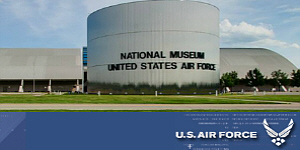
www.nationalmuseum.af.mil/
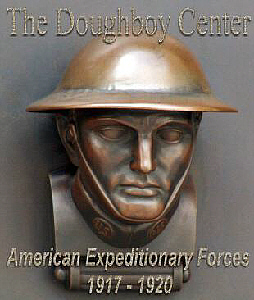
www.worldwar1.com/dbc/
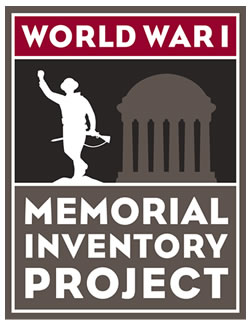
wwi-inventory.org/

wisconsinhistory.org/
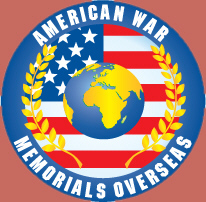
www.uswarmemorials.org/
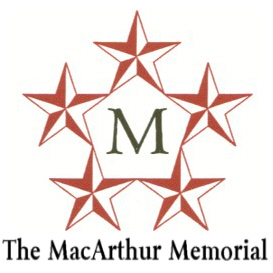
www.macarthurmemorial.org/

www.saving-hallowed-ground.org/
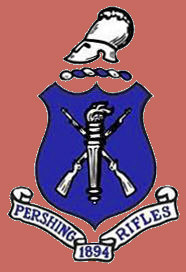
www.theprgroup.org/
|
The Centennial Ticker
Armistice, Veterans, and Remembrance Day
Here are some of the memorable and spectacular events held on and around the 11 November anniversary.
Centennial Symposium
National World War One Museum, Kansas City, MO
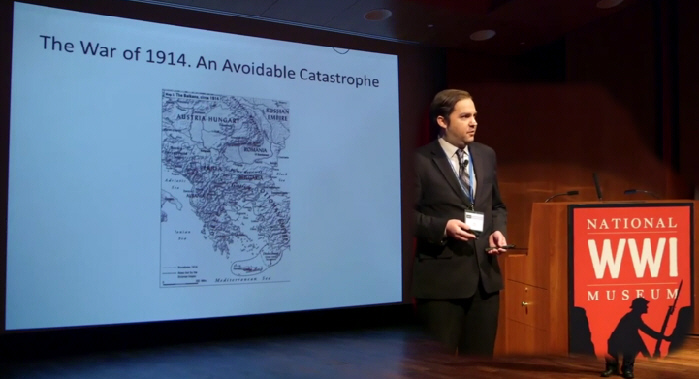
Professor Sean McMeekin Gives the Opening Presentation
On 7 and 8 November the National World War One Museum in conjunction with the National Centennial Commemoration Commission presented a symposium on the war focusing on its first year. The speakers were all top-notch and your editor found an excellent opportunity to network with future contributors and collaborators on various publications and projects.
A few themes recurred throughout the presentations that, for me, made this event particularly memorable.
1. The process of commemoration is strongest at the personal and local levels. To me this was a clear message that if America's Centennial Commemoration is to be meaningful, that efforts need to be made to encourage communities to reexamine their experiences both before and after the nation's entry and to help families remember their ancestors who served and sacrificed during the war.
2. At the National level, the Centennial will definitely involve taking a fresh look at American attitudes — then and now — toward our entry into the war and subsequent military experiences, and also why the memory of those matters is still strongly suppressed in the nation's collective memory. On this last point, Professor Michael Neiberg reported during a panel discussion that at times when he spoke to groups about the First World War that he was met with a "glazed look." [I wanted to call out on behalf of the audience that "We are, too!"]
2a. With respect to the above, there is — thankfully — going to be a lot of discussion about America's involvement with the hostilities prior to our official declaration of war.
3.
Neglected topics that need attention include Turkey's entry into the war and its impact, the naval war, and the Eastern Front.

Display in the National Museum
All the symposium's major presentations are available at the Museum's YouTube Channel:
Videos
And for anyone who has never been to an event like this, let me also recommend attendee Michael Fontenot's four-minute video of the event as experienced by Michael and two of his friends. You could just as well title this "Andrew, Jeff, and Michael's Excellent Adventure." Video
French-American Friendship Monument Dedicated
Bony, France
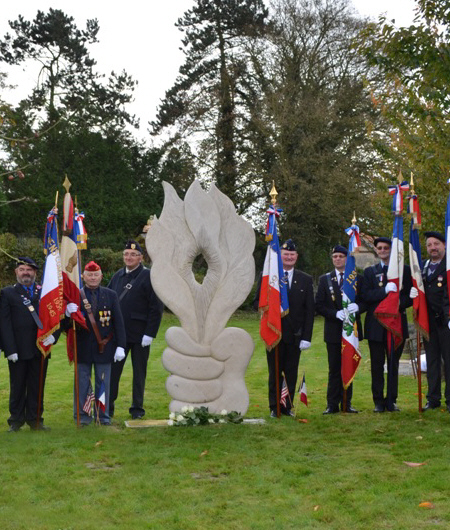
French Veterans Around the New Monument
Armistice Day was the occasion of the dedication of a new monument at the village of Bony. The community lies next to the St. Quentin Canal, which American forces helped capture while assisting with the British Army offensive of September 1918. The village is also a neighbor to the U.S. Somme Cemetery.
Mayor Philippe Gyselincq presided at the dedication and Commissioner Jerry Hester of the Centennial Commission representing the United States. The sculpture is 2.4 meters in height and made from La Rhune sandstone. Artist Régis Pochelu described his work as representing the hand of the Statue of Liberty holding an eternal flame of friendship between the two nations.
Ring of Remembrance Dedicated
French National Cemetery, Notre-Dame de Lorette
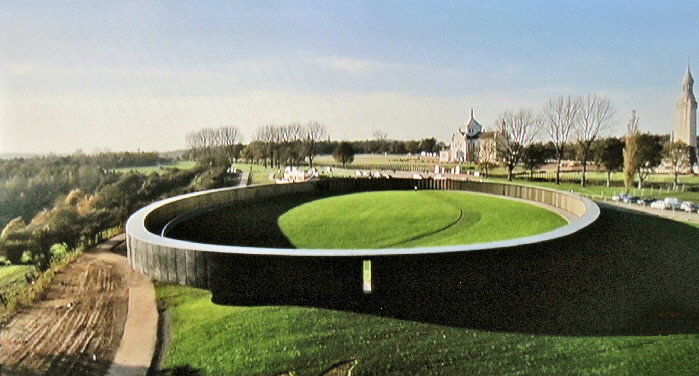
A new memorial listing the names of all soldiers who fell in the north of France during the First World War has opened on a site overlooking the former battlefields of Artois. L'Anneau de la Mémoire, or Ring of Remembrance, was inaugurated by President François Hollande at Notre-Dame de Lorette on 11 November 2014, the first Armistice Day of the 1914-18 Centenary.
The memorial breaks with tradition by listing the 579,606 soldiers of all nationalities killed in the Nord-Pas-de-Calais region, their names recorded alphabetically on an elliptical ring of 500 golden metal plates. The 328-meter ring is a reminder of the global nature of the Great War, President Hollande noted in his speech. Names of individuals from Europe and its former colonies are intermingled; and the list includes not only soldiers but also the nurses who cared for them.
L'Anneau de la Mémoire sits alongside the lantern tower and Basilica of Notre Dame-de-Lorette, built as part of a French national site of remembrance after the First World War. The plateau, with its commanding views 165 meters above the plains of Northern France, was the scene of fierce fighting for over a year, starting with a German siege in October 1914. The site is France's largest military cemetery: more than 40,000 soldiers are buried here; 22,000 of them unknown and commemorated in eight ossuaries.
Source: Centenary News
[Editor's comment: One source I saw said there were four Americans listed on the monument. Surely, this misses the count of American citizens who served and died under other flags such as those who fought with the Canadian forces on nearby Vimy Ridge.]
|
Commemorative Activities
There continues to be a surge of World War I commemorative activities around the United States. Here are three recent success stories, others will be presented in future issues. (Send material, if you are the organizer or sponsor of a similar event.)
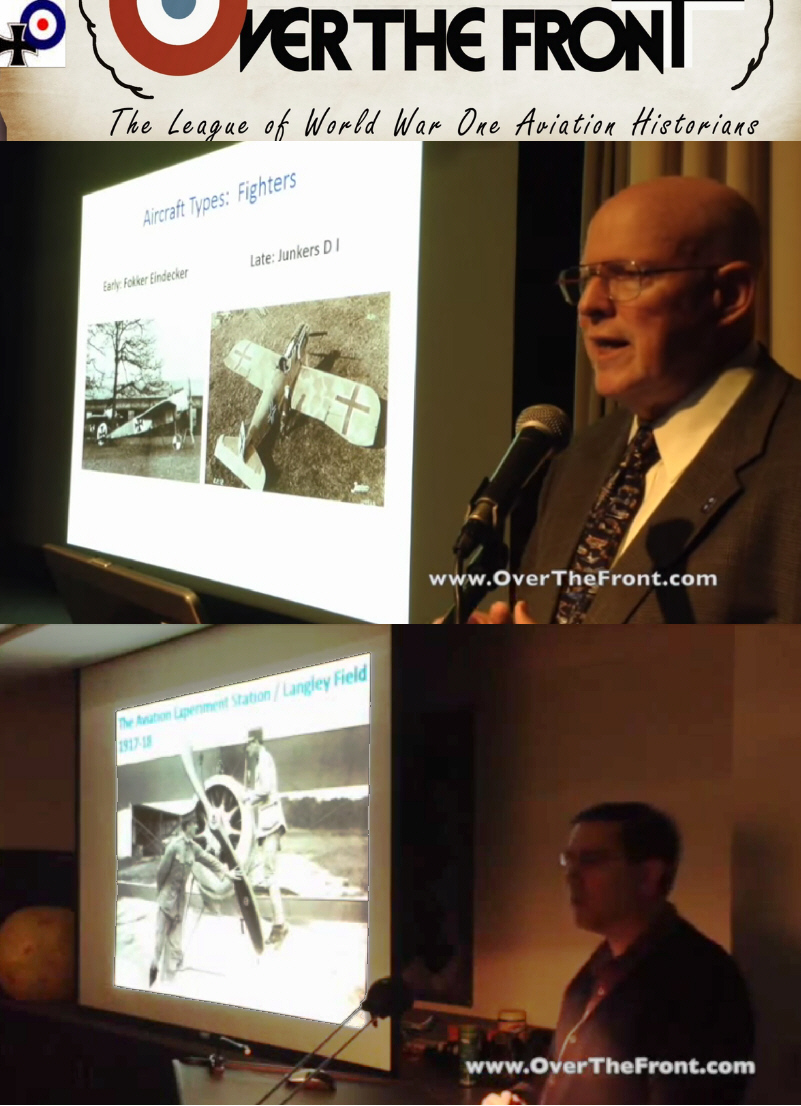
Richard P. Hallion (top) making his presentation at Dayton "World War I in the Air: A Centennial Retrospective" and Roger Connor speaking on "The Aviation Experimental Station at Langley Field, Virginia" is shown (lower image) presented by at the 18 October quarterly program at the Udvar-Hazy Center
|
The League of World War One Aviation Historians (Website) has been super active this fall and will continue throughout the Centennial. Besides publishing their beautiful full-color magazine OVER THE FRONT they conduct international and regional seminars featuring the most knowledgeable experts in America on early aviation. On 25 September they held a successful international conference in conjunction with the "Dawn Patrol Fly-in" at the U.S. Air Force National Museum in Dayton, Ohio.
Shortly afterward on 18 October, the League held their quarterly program at the Udvar-Hazy Center, Air and Space Museum, Dulles International Airport. They will hold their next quarterly event at the same venue on 31 January 2015.
However, here's the best thing about the League's efforts — they have recorded their presentations and have made them available to the general public:
|

Sister Susies on Washington Green — Allied Market Fundraiser, 5 August 1916
The Gunn Library of Washington, Connecticut, has organized a super program to remember the town's Great War experience with a speaker program, film festival, and exhibit that is running until 18 January 2015. It honors the 100+ local military and volunteers who served overseas, including one of the pioneers of the U.S. Air Service, General Benjamin Foulois. It also covers wartime activities in the Washington area including the local militia (organized to replace the National Guardsmen called to service overseas), the Womens' Land Army, and the dutiful Sister Susie Society (shown above). With the outbreak of the war the local sewing circle started working for the Allies sewing refugee garments and surgical dressings. They renamed themselves "The Sister Susie Society," from Al Jolson's popular war song "Sister Susie's Sewing Shirts for Soldiers." When America entered the war they naturally dedicated themselves to supporting the boys overseas. Learn more at: (link)
|
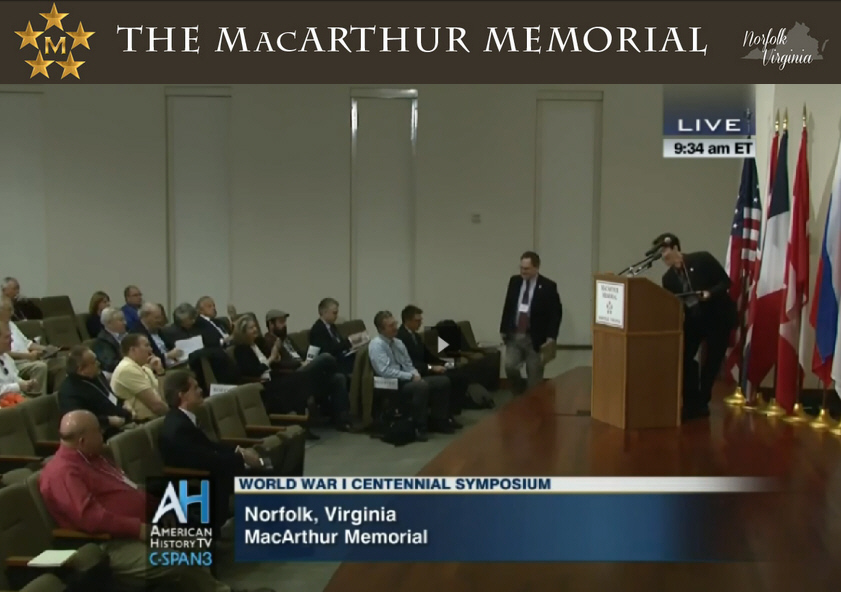
Christopher Kolakowski, Director of MacArthur Memorial, and Timothy J. Orr of Old Dominion University Opening the Event
|
The MacArthur Memorial (Website) at Norfolk, VA, has become a leader of the Centennial commemoration. Partnering with the Hampton Roads Naval Museum and the Old Dominion University Department of History, they hosted a successful two-day symposium this past November that was covered by CSPAN. The presentations are available at the CSPAN Website (Here).
The memorial has ongoing Centennial programs, but worthy of a big shout-out are their World War One podcasts, both their General WWI series (they are paralleling the events of 100 years past as we are at Worldwar1.com) and their series on the AEF's 42nd "Rainbow" Division (General MacArthur's old outfit.)
|
Let Us Help Publicize Your Centennial WWI Events & Research!
(Email the Editor)
|
|

December 1914:
The Christmas Truce

The Truce Depicted in a Recent British TV Commercial (View)
A complete Boche figure suddenly appeared on the parapet and looked about. This complaint became infectious. It didn't take "Our Bert" long to be up on the skyline. This was a signal for more Boche anatomy to be disclosed, and this was replied to by all our Alfs and Bills, until, in less time than it takes to tell, half a dozen or so of each of the belligerents were outside the trenches, and were advancing towards each other in no-man's land. A strange sight, truly!
So writes Bruce Bairnsfather about the Christmas Truce of 1914. This event was an outbreak of spontaneous fraternization between troops concentrated almost entirely in the British sector on the south edge of the Ypres salient. Contact occurred in degrees varying from exchanging smokes and chatting or playing football in No Mans Land to sharing meals and dinner gossip in the opponents' trenches. It occurred less frequently where one or both of the opposing formations were elite or hard-edged types. The Christmas Truce has long been looked upon as a symbol of a humanity not yet submerged by the mechanical forces of industrial-age warfare. With its ability to inspire and hold the imagination of later generations, the Legend of the Christmas Truce might be looked upon as a rare positive outcome of the Great War.
Those present, however, like Bairnsfather, premier cartoonist of the First World War and creator of "Old Bill," were decidedly less sentimental about it. His account above of the unauthorized truce is widely quoted, but no one ever adds what he wrote a few paragraphs later:
There was not an atom of hate that day and yet, on our side, not for a moment was the will to war and the will to beat them relaxed. It was just like the interval between rounds in a friendly boxing match.
Clear on the
Point of View
|
|
The account of a lieutenant in the 2nd Battalion, Scots Guards, shows how some of the participants took a practical approach:
They [the Germans] took me for a corporal, a thing I did not discourage, as I had an eye to going as near their lines as possible! I... then escorted them back as far as their barbed wire, having a jolly good look round all the time and picking up various little bits of information, which I had not had an opportunity of doing under fire! I went straight to HQ to report.
The crucial thing to note is that distrust was a feature of this and other truces occurring throughout the war. The English respected a brave and resourceful enemy but there was no love or liking. If there was no hostility, neither was there a relaxation of the will to win; if not that, then at least there was no relaxation of suspicion. And it proved, above all, to be an excellent opportunity for a safe reconnaissance.
There is no evidence that the truce extended to the French front, which is understandable since they had started a major counterattack in the Champagne on 20 December. The Germans were the invaders and were on French soil. The memories of defeat in 1871 and the loss of Alsace-Lorraine was too vivid in French memory to allow any rapprochement with the hated Boche. Frank Richards, one of the very few "other ranks" to write a book about the war after beating odds on the order of thousands to one by surviving all four years, reports that the French people "were saying all manner of nasty things about the British Army" when they ". . . had heard how we spent Christmas Day."
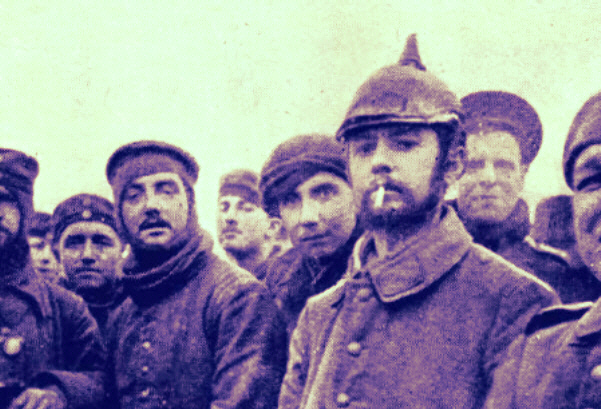
Photo of the Actual Truce — Compare to Image Above
Finally, if the Christmas Truce had any effect on the participants or the eventual course of the war, it was negligible. At the time, it made the various staffs apprehensive, but this was soon put in order. Guy Chapman tells us that a year later "the staff, perhaps threatened by fire-eaters in London, had forbidden all fraternization, and to ensure their orders being carried out, commanded slow bombardment all during December 25th." Author Denis Winter reports post-1914 fraternization including meetings in No Mans Land, joint prayer sessions by chaplains and some gestures of civility at later Christmas times. But, as the war dragged on to no apparent conclusion, nothing on the same scale as the 1914 Christmas truce ever happened again on the western front.
Source: Legends and Traditions of the Great War
|
|

We Are Now Accepting Bookings for Our 2015 Centennial Tours:
Gallipoli and the Dardanelles Tour
Our 100th Anniversary of Gallipoli Tour, to be conducted in collaboration with Mat McLachlan Battlefield Tours of Australia, is now full. We are, however, accepting waiting list requests, which require a deposit that is fully refundable.
Western Front Tours — Full Combined Brochure Now Available
2-10 May 2015: I will lead this tour and cover the 1914 and 1915 Battles North of Paris, including the Aisne & the Race to the Sea, the Siege of Antwerp, the First and Second Battles of Ypres, the Christmas Truce, and the French and British Battles in Artois.
15-23 August 2015: My summer Centennial expedition will cover the Western Front Battles of 1914 and 1915 East of Paris in the Chemin des Dames, Champagne, Argonne, and St. Mihiel sectors, PLUS the American Battlefields of 1918 at Château-Thierry, Blanc Mont, St. Mihiel, and the Meuse-Argonne. Deposits received by 15 February 2015 will result in a 5% reduction in the tour costs. Full payment by that date will result in a 10% discount.

Click on Image to Send Email
|
|
|

|

The Best Unlikely Sounding
World War I Book of the Year
We will be presenting a full review of this work in our Blog Roads to the Great War soon, but I wanted to share it with our readers so you might consider it as a Christmas present for your favorite WWI aficionados, who might think they know everything about the war. Thomas Shaw's book World War I Law and Lawyers is filled with fascinating and little-known facts about the war. I have to say, I found this a truly refreshing take on something I've studied for a quarter-century. Needless to say, this is NOT a work just for lawyers. MH
|
The subtitle for Shaw's book is "Issues, Cases, and Characters", and he provides dozens of sparking essays covering the first two categories and 300 mini-bios on the legal backgrounds of major actors in the war, representing almost all the participating nations. In his 14-page section on military executions, for example, he discusses the statutes that provided the legal basis for executing men for military offenses such as cowardice, dereliction of duty, mutiny, and capitulation and four famous cases involving these infractions. It's supplemented with information on lawyers, judges, and officials, who played a role in the war. Many are (probably) unknown to the reader, but others are famous, like French Minister of War Alexandre Millerand.
|
|

The Essence of Trench Warfare
|
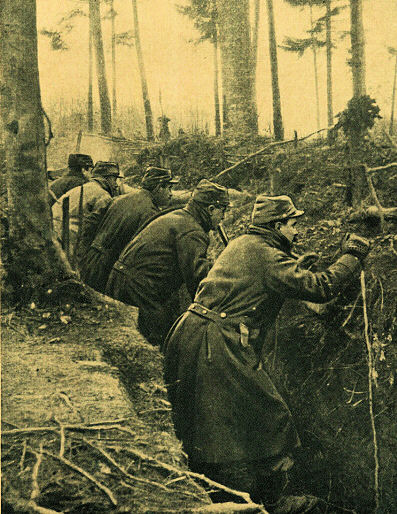
1914 French Trench
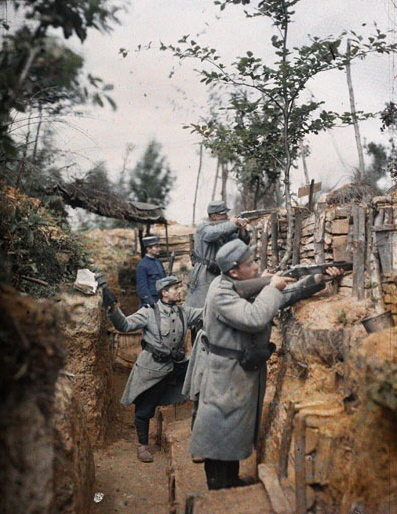
Similar Trench, Probably 1915
|
By December 1914 the trench warfare system was fully established on the Western Front. Over time the men in the trenches — as can be seen in the examples on the right — dug deeper and improved their firing positions. Although the sites are quite comparable you can see from the hunched-over postures of the men in the 1914 trench that they are definitely in a hot zone. Compare that to the men and their officer in the improved trench, in what might be a posed photo. What did the apparent permanence of all this mean for the those men stuck in the trenches?
There is an important thing to understand about trench warfare and what it was like to be in the trenches. It was not the same people in the same trench all through the war. The army realized that even in quiet periods, being in the front line was a terribly wearing experience.
At any moment, if you put your head above the parapet, a sniper might get you; at any moment, a trench mortar or shell might land among you, killing and maiming. Consequently, people there are living in a state of great anxiety, which if continued for long, would wear them down; and they would wear down pretty rapidly to the point where they can't be used again.
To avoid this, the army was constantly recycling people, having them in the front line a week at a time, then moving them to reserve trenches, then moving them out of the lines altogether (giving them time to recuperate), and then bringing them back again. A soldier would usually occupy a front line trench for only a week at a time.
Historian Trevor Wilson, PBS Interview
|
|
|

The Great White Fleet Goes to War
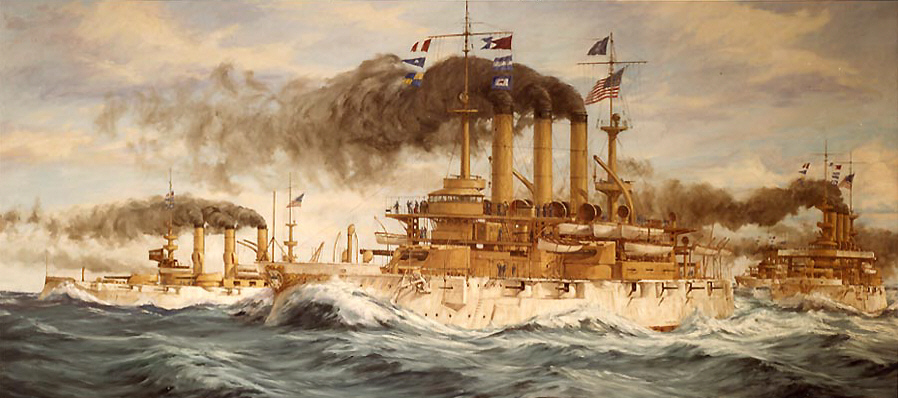
America's Battleships on Their World Cruise, 1907-1909
Less than a decade before America joined the hostilities in Europe, President Theodore Roosevelt had sent a fleet of 16 pre-dreadnought battleships on a world cruise. Their journey was a public relations extravaganza, a remarkable feat of seamanship, a risky exercise in "battleship diplomacy," and a message to other great powers that, not only was the United States on the rise, but she now had the capability to project her power anywhere in the world. It was a success in all these dimensions.
Yet, even before the ships had departed from Hampton Roads, Virginia, with the President looking on, they were obsolete. The nation's first dreadnought-class, all big gun, battleships were already under construction. When the out-of-date vessels returned, their gaudy white paint schemes were replaced by the conventional navy grey and they were gradually phased out of the nation's main line of battle. Most, during the prewar period, were upgraded to resemble the battleships that served America up to the 21stcentury. Nonetheless, despite looking the role, they were no longer capable of fighting more modern battlewagons head-to-head.
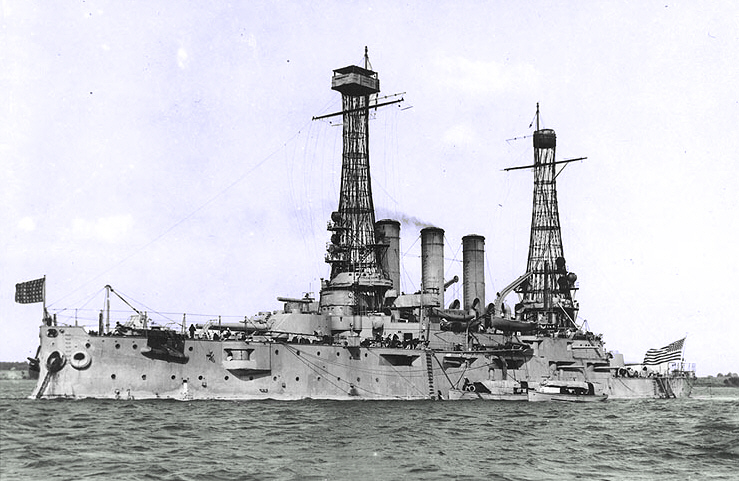
Refitted USS Ohio, 1918
However, once in the Great War, the United States needed all the warships it could assemble and the veterans of the Great White Fleet were called to action. In comparison to their spectacular world cruise, though, the old battleships had a mostly humdrum war, performing a number of necessary, but routine, missions for the rapidly expanding U.S. Navy.
Immediately after war was declared, a few helped seize German ships that had been interned previously. Several, like the USS Nebraska (shown below) were assigned to escort convoys to Halifax or the mid-Atlantic. On anti-submarine patrols the battleships helped rescue survivors of sinkings and the Minnesota suffered damage when it struck a mine laid by U-117. They also joined in the operations and ongoing deployments conducted around the Caribbean while the major fighting was going on in Europe.
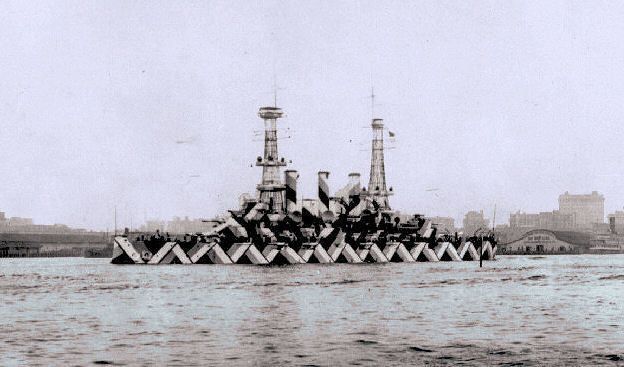
USS Nebraska, Adorned in Dazzle Camouflage in Port Between Convoys
The predominant role the old battleships played in the war effort, though, was in training the tens of thousands of new sailors and reserve officers needed to support the growing fleet. And then with the Armistice, the veterans of America's greatest round-the-world expedition were called on to visit Europe one last time. The last significant mission of the battleships was to help transport the troops of the AEF home from Europe.
Shortly after the war, almost all old battleships were scrapped and their war service quickly forgotten. Their days of glory as the Great War Fleet would, however, will always remain a symbol of the brash, confident nation that was America at the beginning of the 20th century.
Sources: U.S. Navy Websites and Wikipedia
|
|
|
Thanks to each and every one of you who has contributed material for this issue. Until our next issue, your editor, Mike Hanlon. |
|
 (Or send it to a friend)
(Or send it to a friend)
|
Design by Shannon Niel
Content © Michael E. Hanlon
|
|
|








